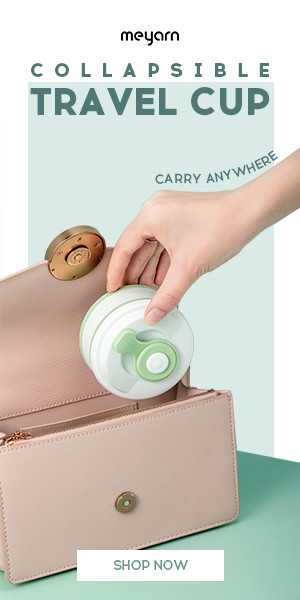How to Treat Common Breastfeeding Problems
 Contrary to popular belief, breastfeeding doesn’t just happen easily all the time without any problems along the way. Some new mums find it hard to get started, while others may experience difficulties later on. It’s all too easy to get frustrated when problems arise, but it’s good to remember that every breastfeeding problem has a solution. The following are some examples of common breastfeeding difficulties and how to fix them.
Contrary to popular belief, breastfeeding doesn’t just happen easily all the time without any problems along the way. Some new mums find it hard to get started, while others may experience difficulties later on. It’s all too easy to get frustrated when problems arise, but it’s good to remember that every breastfeeding problem has a solution. The following are some examples of common breastfeeding difficulties and how to fix them.Lack of Milk
One of the most common concerns for new mums is having enough milk for their baby. In general, your baby should be wetting at least five diapers a day, so any less than this and your baby may not be getting enough milk. All you can do in this situation is to stimulate your body to produce more milk. To do this, you can let your baby feed on demand, give your baby only breast milk or remove left over milk from your breast following a feeding. Also make sure you are drinking plenty of water so that your body is capable of producing more milk.
Sore Nipples
It is pretty common for new breastfeeding mums to have sore nipples, but any pain that is severe or lasts longer than a few seconds following latching on is not normal. The most common reason for very sore nipples is that your baby isn’t latching on properly, causing her or him to suck or pull harder on the nipple. This is simply a technical issue, so you can try again until your baby gets the proper latching technique. If the problem is not the latching on, it could be a skin issue such as thrush or dermatitis, which you can get creams to help alleviate the discomfort. Otherwise, you may just need to get a more comfortable nursing bra to reduce chafing and further nipple soreness.
Breast Refusal
If you have been happily breastfeeding your baby, and suddenly she or he refuses your breast, it can come as quite a shock. There is often a good explanation when this happens, as your baby is probably just trying to tell you something.
The following are common causes of breast rejection:
• There has been a change in the taste of your milk, either caused by a change in diet, a new medication, your period has returned or you are pregnant again.
• Your baby has a cold or allergies, making it hard for her or him to breathe while feeding.
• Your baby has an ear infection and is feeling pain while breastfeeding.
• Your baby has a cold sore or thrush, making her or his mouth painful.
• Your milk supply has been reduced.
• You have put perfume or cream on or near your breast that your baby doesn’t like the taste of.
• You have an inflammation in your breast, called mastitis that is making your milk taste salty.
• Your baby is becoming more distracted by her or his surroundings.
Some of the problems have obvious solutions, but some require a bit more attention. Some things you can try include talking to a lactation consultant, finding a quiet room to feed in, giving your baby more skin-to-skin contact, offering a breast when your baby is dozing, feeding on the move, taking your baby to the doctor or trying a new feeding position.
image:shutterstock.com
image:shutterstock.com






















2 komentar:
i remember when I was breastfeeding, i always had milk fever, :(
Thank you for the information, this is usefull for me :D
Post a Comment